Costco 2025 Kirkland Signature Ball Review: Still The Benchmark Of Value?
We have been putting the 2025 Kirkland Signature golf ball through its paces to see if the incredible price tag and performance promises are too good to be true…
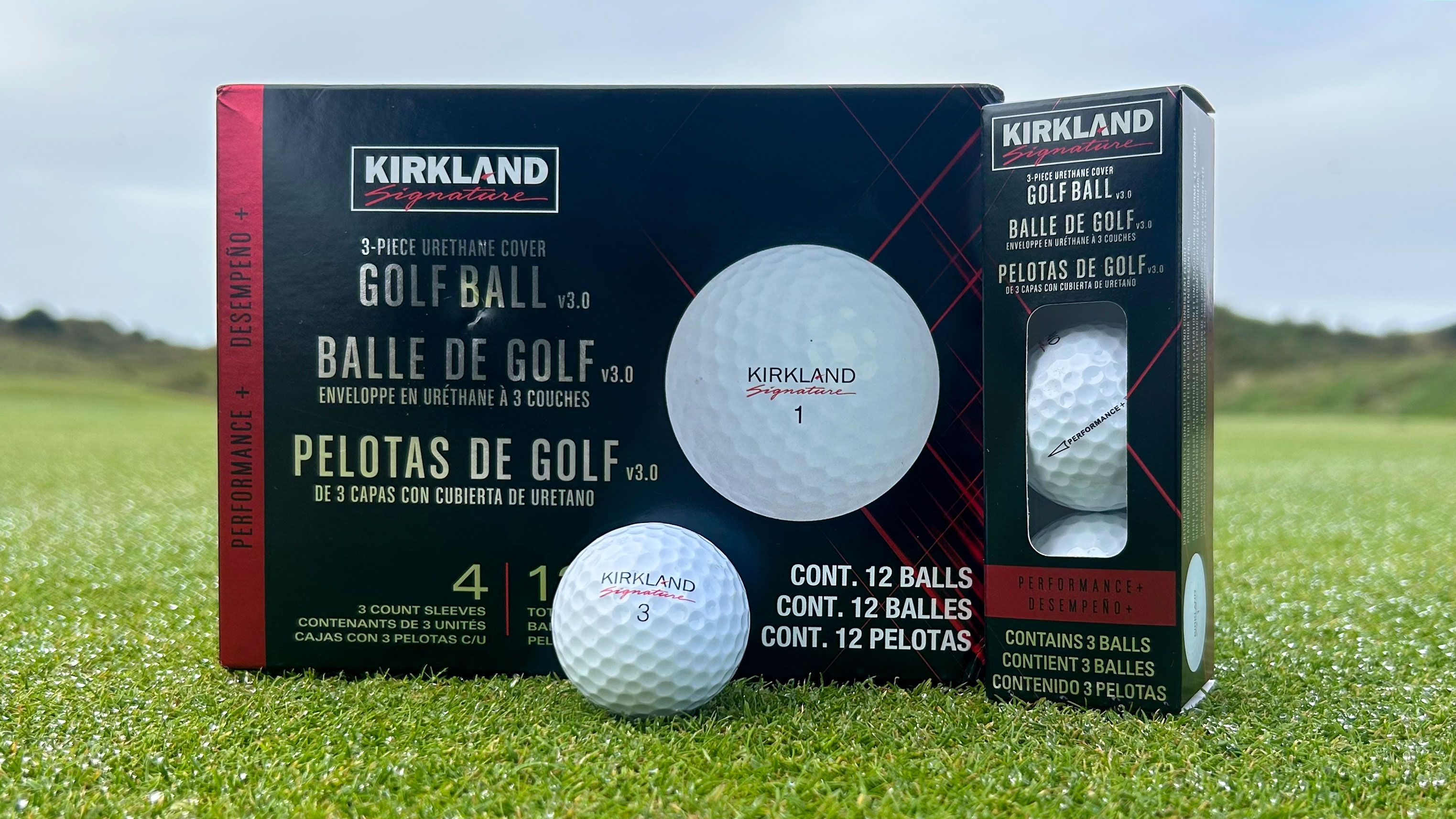
As with previous generations of this golf ball, the value proposition is not really up for debate. At $34.99 for two dozen, as long as they fly relatively straight and don’t fall to pieces, you are likely not to be disappointed. Fortunately, the 2025 Kirkland Signature ball offers a little more than that. A nice responsive feel, decent levels of spin, and relatively consistent launch monitor data make this an ideal ball for many club golfers.
-
+
Unbeatable value
-
+
Improved, softer feel
-
+
Good long-game ball speed
-
+
Excellent durability
-
-
Noticeable distance loss compared to premium balls
-
-
Disappointing greenside spin and control
Why you can trust Golf Monthly

The Kirkland Signature golf ball has earned a legendary status in the amateur golf community, primarily by shattering the established price structure of the premium ball market.
Its latest iteration - a 3-Piece Urethane Cover model sold in a 24-pack - promises tour-level materials and performance at an unbeatable value. As a dedicated gear tester, I set out to determine if this golf ball can genuinely compete with some of the game's best golf balls on performance, or if its exceptional price tag hides a critical deficiency.
The incredible price tag is the first thing that hits you: for £34.99/$34.99 for two dozen golf balls, the proposition is nothing short of extraordinary. When premium competitors are nearing and exceeding £50 a dozen, this model offers a significant financial relief. However, a golf ball’s merit needs to be measured from tee to green, not by its barcode, and I needed to know if the value came at the expense of performance.
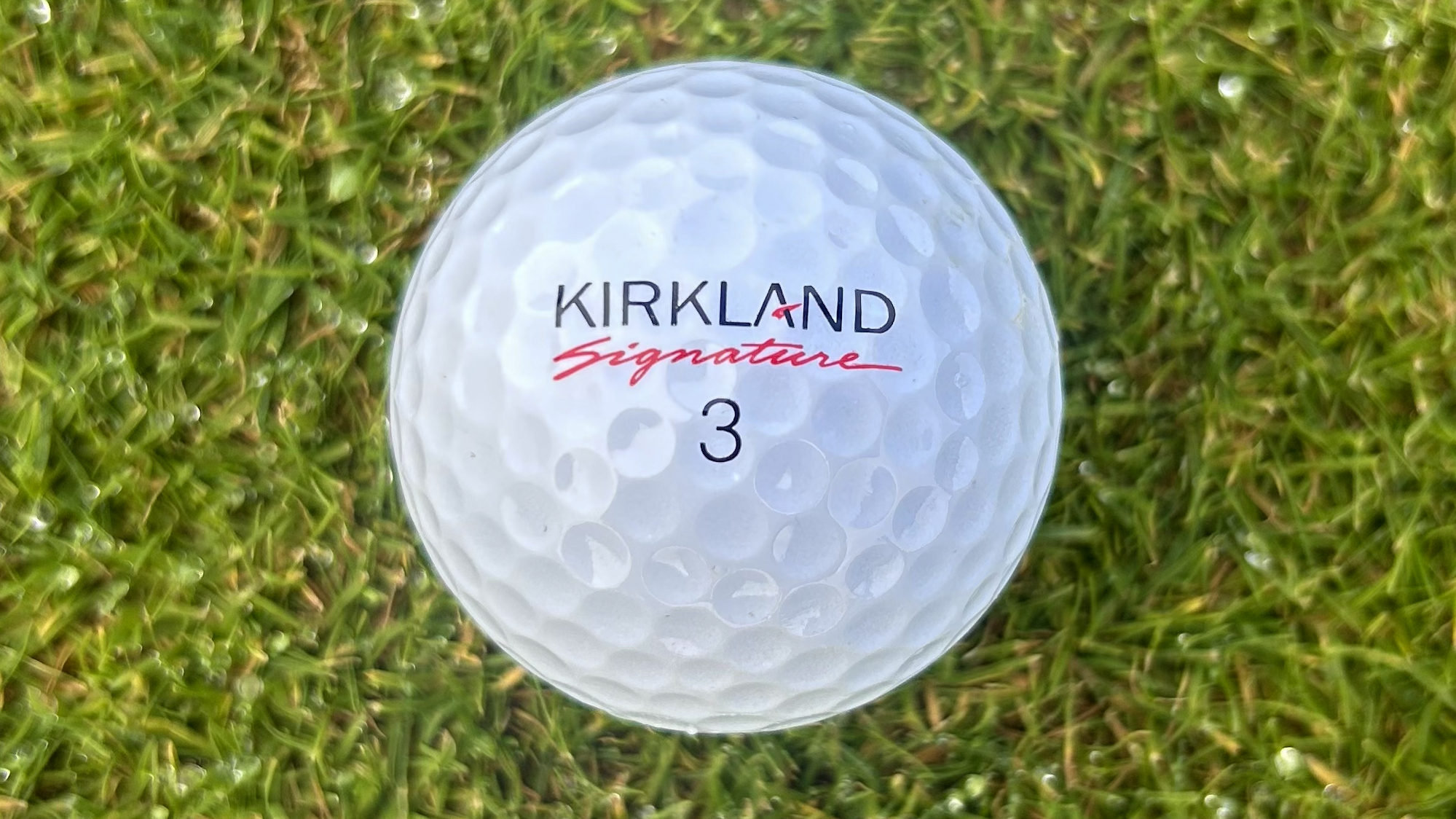
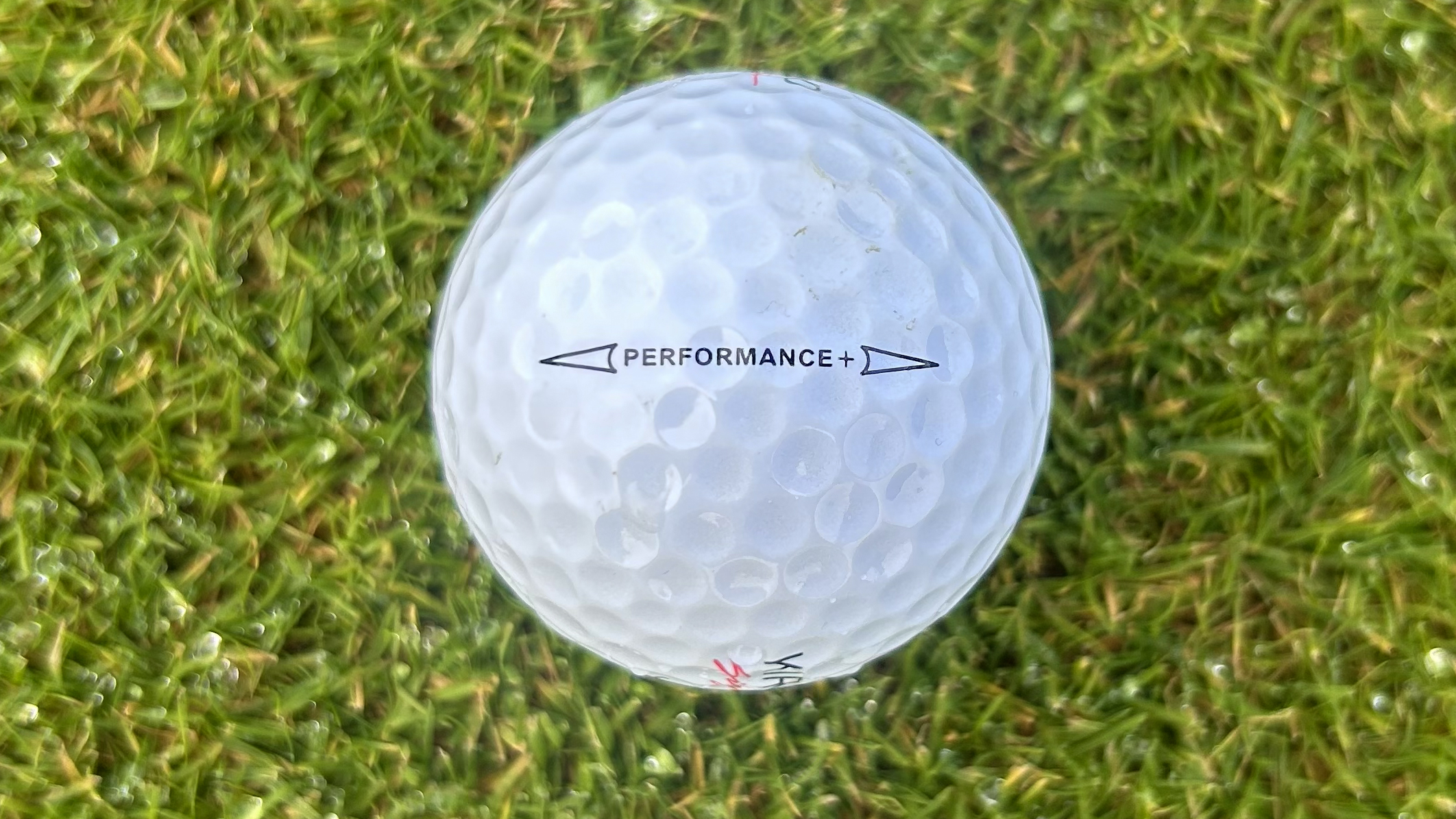
My initial impression of the feel, which was a little "clicky" in older models, has much improved. The latest version delivers a notably softer impact, though it still has some way to go to match the truly soft, deep sensation of a Titleist Pro V1, for example.
The improvement in feel is most noticeable on the irons and wedges, particularly short chips and pitches around the green. Off the putter face, it felt solid and responsive, a pleasing experience given the price.
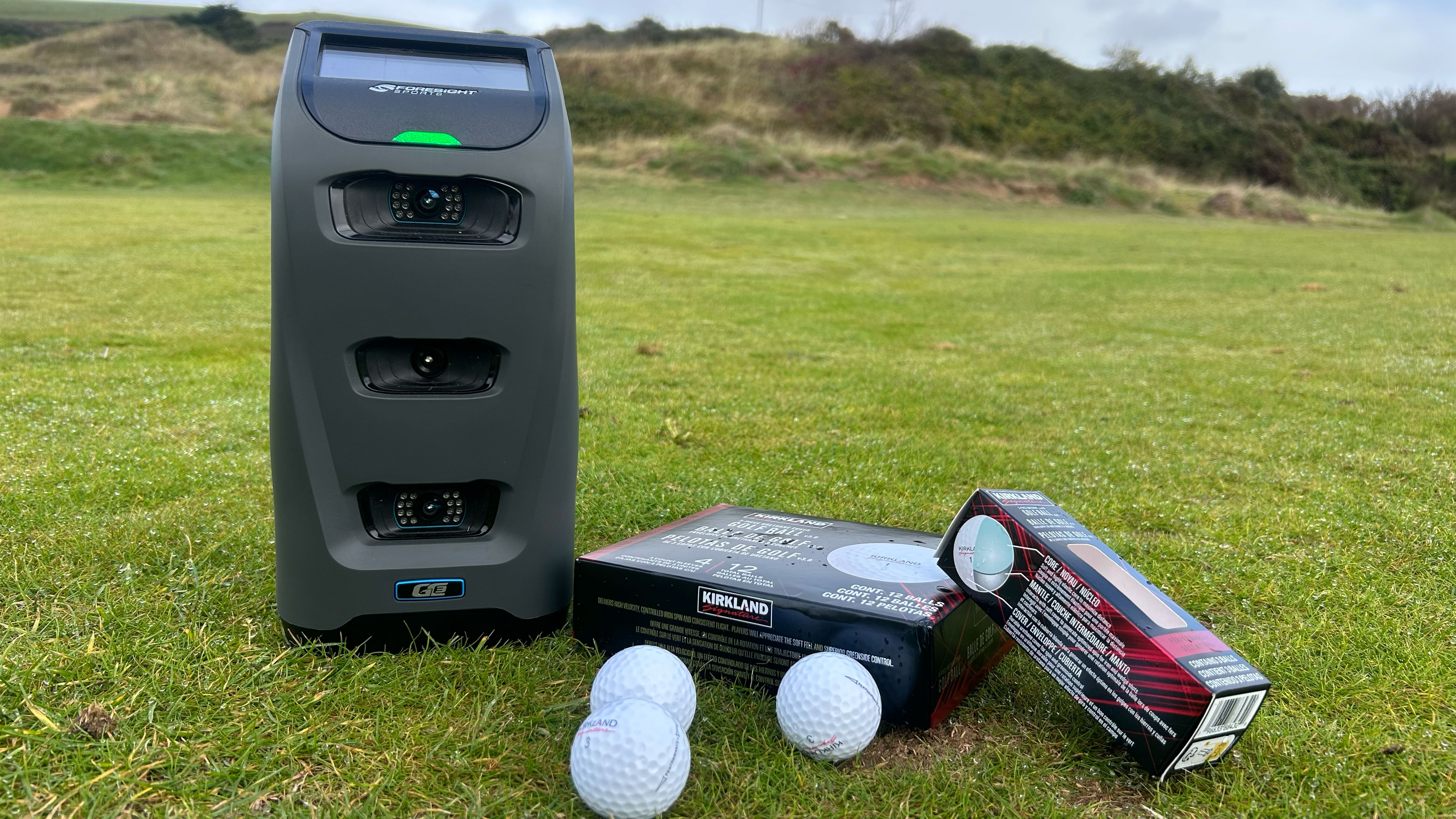
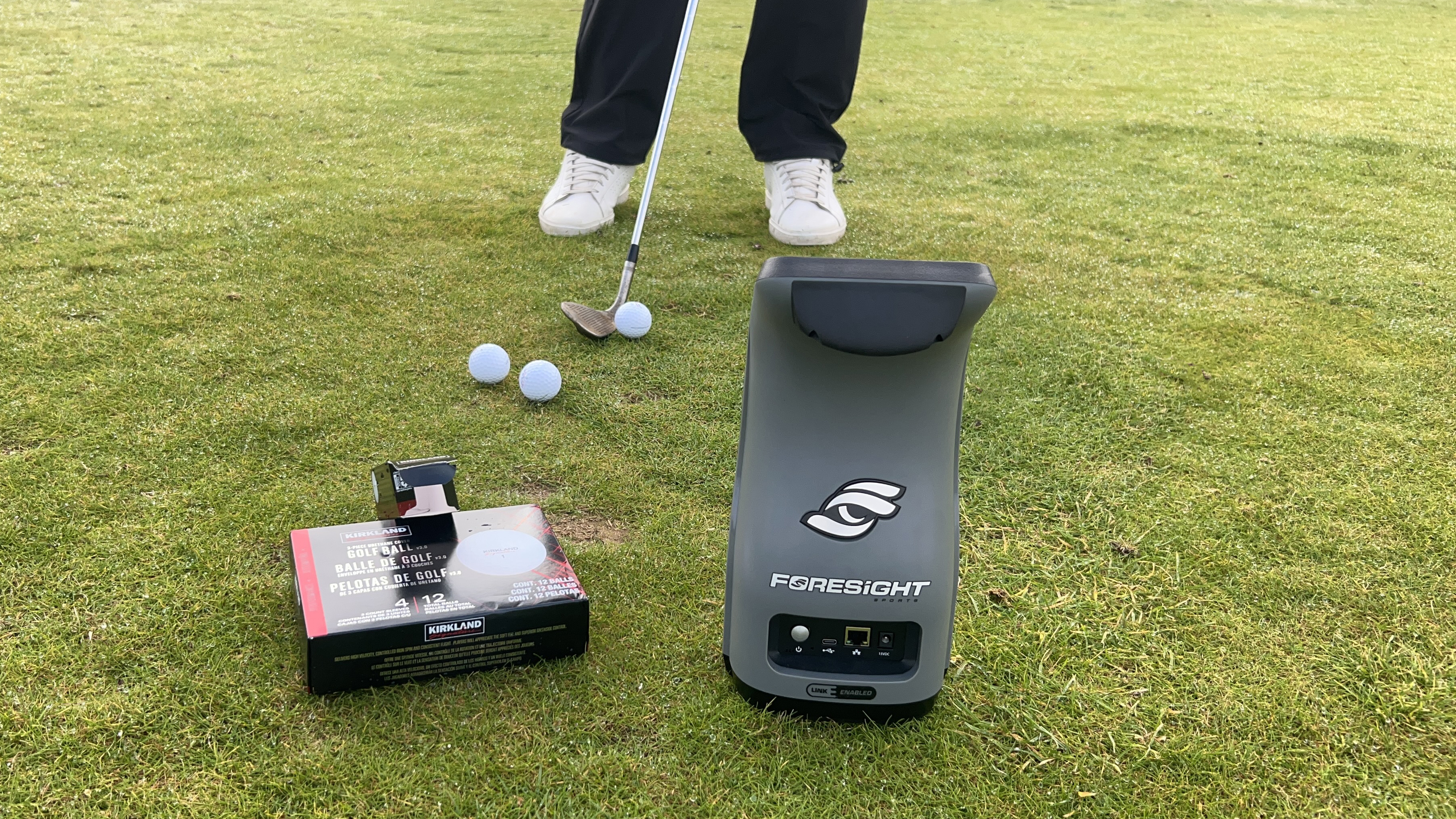
My testing and data gathering began indoors using a Foresight Sports GC3 launch monitor. While the spin and speed data looked promising, showing nearly identical launch conditions and minimal distance variation compared to the 2025 Titleist Pro V1, I was cautious.
It is essential to remember that a camera-based system like the GC3 only measures the first few feet of flight, projecting the rest through incredibly complex and accurate algorithms. It must be noted, however, that a ball setting off with high levels of spin can experience significant "spin decay" if the dimples and aerodynamics are not as sophisticated as they should be - a critical factor that the initial measurement can easily miss.
Subscribe to the Golf Monthly newsletter to stay up to date with all the latest tour news, equipment news, reviews, head-to-heads and buyer’s guides from our team of experienced experts.
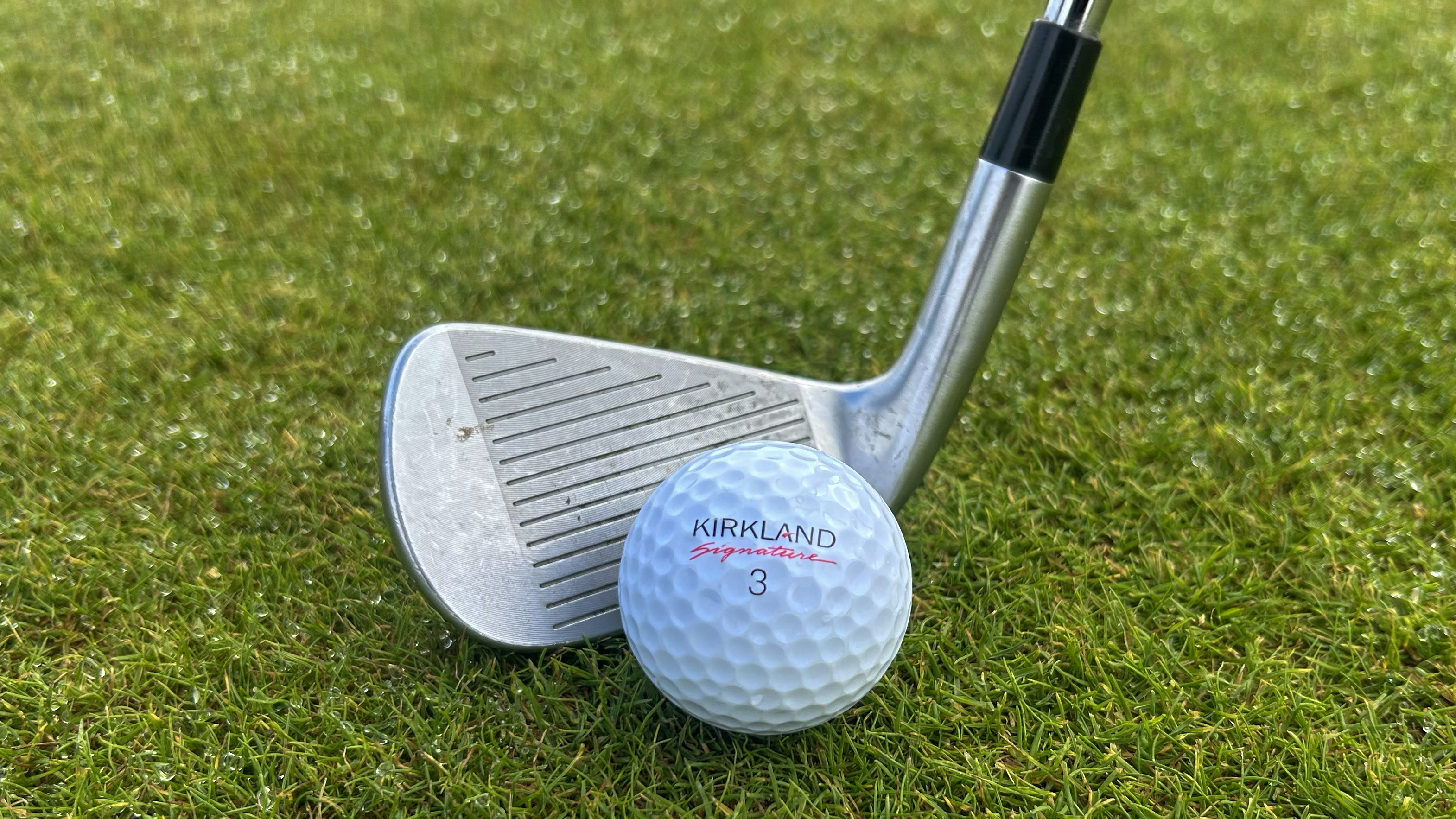
Because of this, I decided to take the test outdoors for a true, real-world comparison: a good old-fashioned 'pace-off' against the 2025 Titleist Pro V1. I hit 24 of each ball with both my 7-iron and driver, meticulously numbering each one to ensure I knew which ball I was comparing.
Despite the GC3 reporting only a one-yard difference in carry with my driver, when I went up to collect the balls and pace out the distance, the average difference was nearly 10 yards in favour of the Titleist ball.
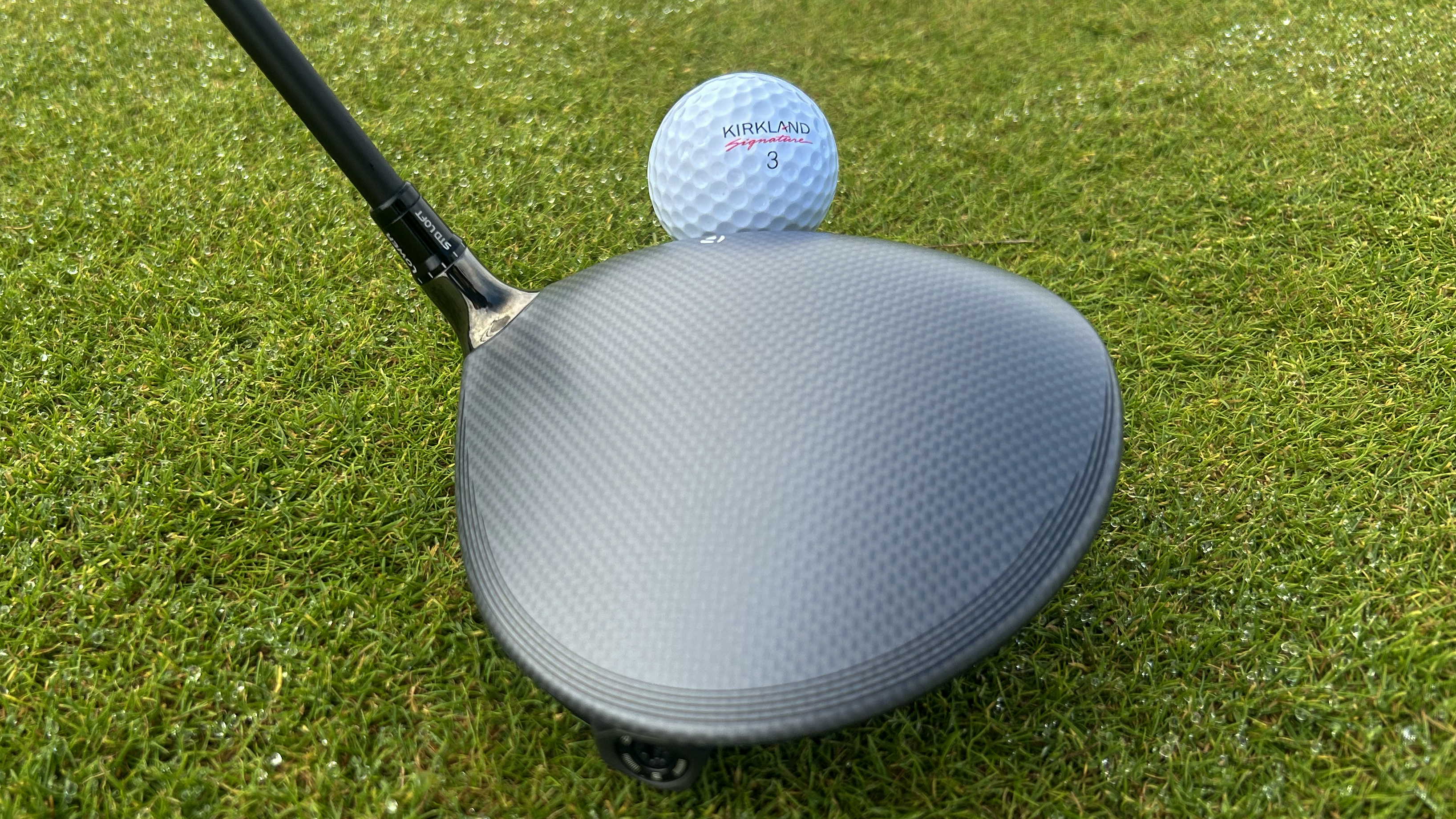
It was a similar story with the 7-iron, with a 6.5-yard difference apparent here, despite less than half a yard difference being reported on the launch monitor. This suggests to me that the Kirkland ball may indeed be struggling with spin decay or some aerodynamic inefficiency over the full distance, costing the amateur golfer valuable carry yardage.
A slight lack of control becomes more apparent as you approach the green, where the Kirkland ball certainly fell short of more premium golf balls in terms of spin and performance. It produced a significantly higher ball flight and noticeably less grab on the putting surface, in particular on mid-range pitch shots around the 50-yard mark.
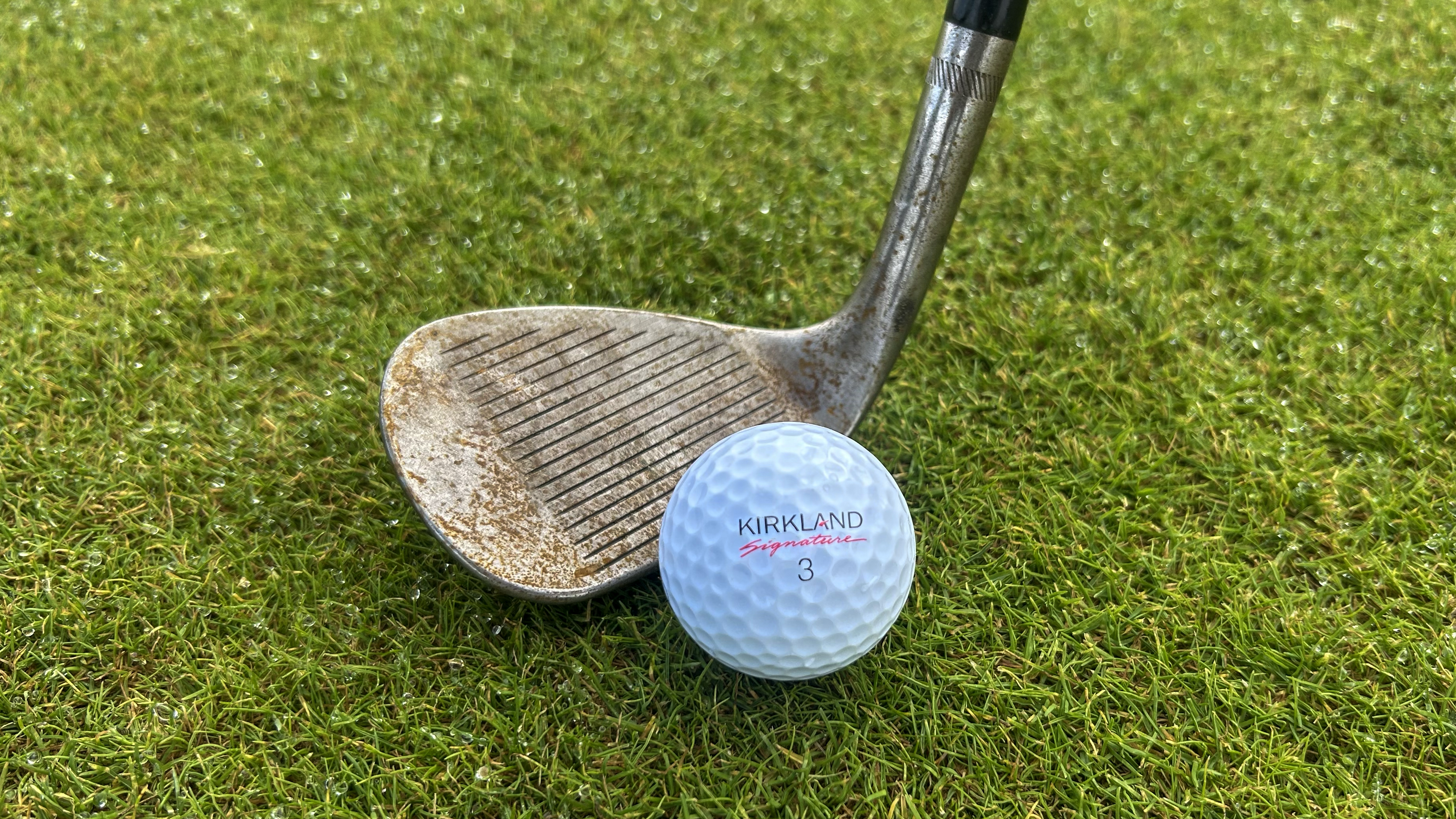
This lack of greenside bite is the most noticeable performance compromise I found throughout testing.
In truth, I would need even more time with the ball over a number of rounds to judge the overall consistency and how it plays in varying conditions. But even after the testing I have done, I can pretty confidently say that the Kirkland is a fairly reliable product, offering decent feel and feedback and a reasonable level of spin and control, albeit at a mildly reduced distance.
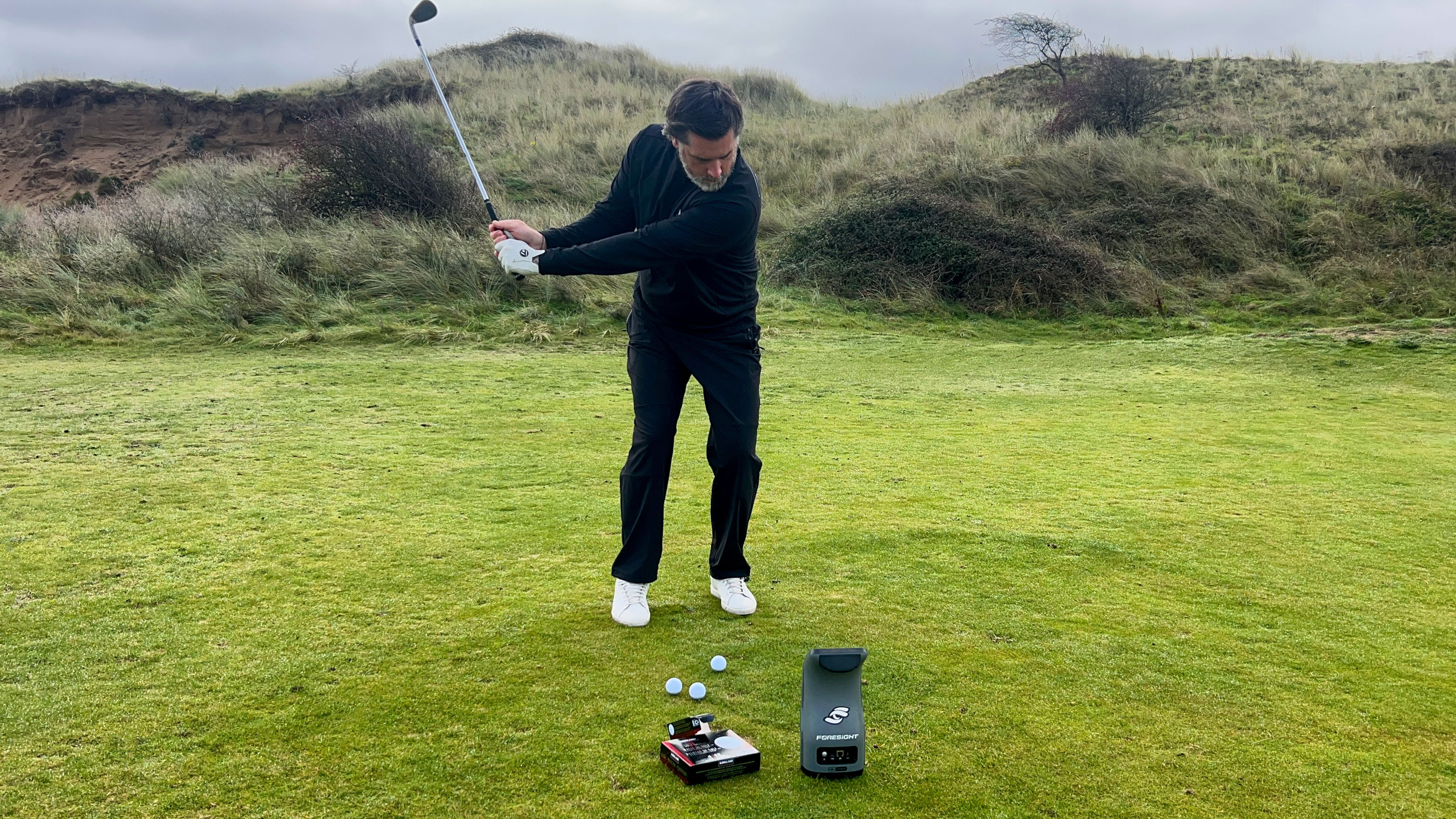
I would dispute Costco’s website's claim that these balls are "great for beginners or professionals," as the lack of greenside control would make them stand out like a sore thumb among elite players.
However, I cannot think of a ball that even gets close to representing the same extraordinary value for the beginner or intermediate player. If you're someone who loses a ball or two per round and prioritizes saving money without resorting to a low-quality rock, the Kirkland Signature is unbeatable.

Joe has worked in the golf industry for nearly 20 years in a variety of roles. After a successful amateur career being involved in England squads at every age group, Joe completed his PGA degree qualification in 2014 as one of the top ten graduates in his training year and subsequently went on to become Head PGA Professional at Ryder Cup venue The Celtic Manor Resort. Equipment has always been a huge passion of Joe’s, and during his time at Celtic Manor, he headed up the National Fitting Centres for both Titleist and Taylormade. He’s excited to bring his knowledge of hardware to Golf Monthly in the form of equipment reviews and buying advice.
Joe lives in North Devon and still plays sporadically on the PGA West region circuit. His best round in recent years came earlier in 2023 where he managed a 9 under par 63 at Trevose GC in a Devon & Cornwall PGA Tournament.
Joe's current What's In The Bag?
Driver: Switch between TaylorMade Qi35 and Callaway Elyte TD - both with Fujikura Ventus Black 6-X
Fairway wood 1: TaylorMade BRNR Copper Mini Driver - Fujikura Ventus Black 7-X
Fairway wood 2: Callaway Apex UW 17˚- Fujikura Ventus Black 9-X
Irons: TaylorMade P7CB 3-PW with Dynamic Gold Tour Issue X100 shafts
Wedges: Callaway Opus 50, 54, and 60 degrees - Project X LS 6.0 shafts
Putter: LAB Golf Oz.1 (zero shaft lean)
Ball: TaylorMade 2024 TP5x
Grips: Golf Pride Tour Velvet 60R
Bag: Vessel Player IV Pro DXR Stand
You must confirm your public display name before commenting
Please logout and then login again, you will then be prompted to enter your display name.